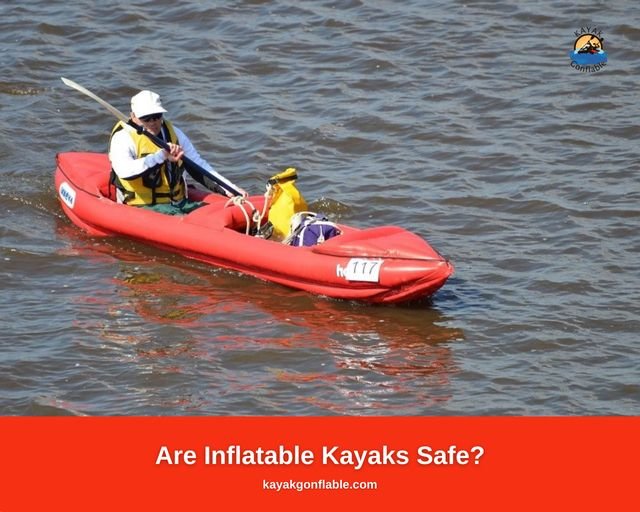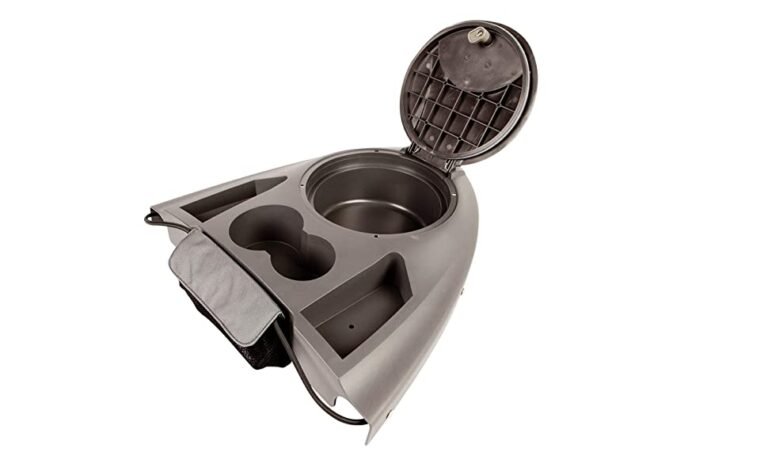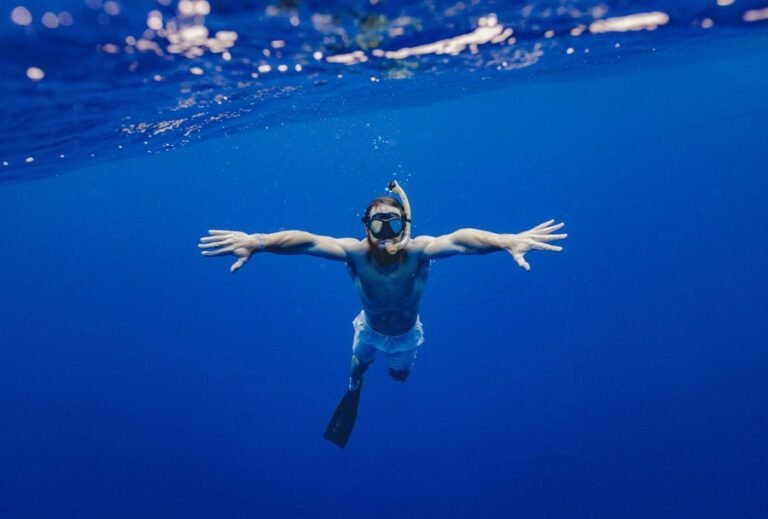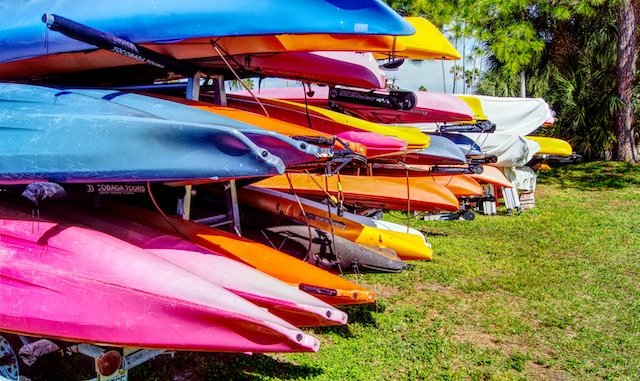Are Crocs Good for Kayaking?
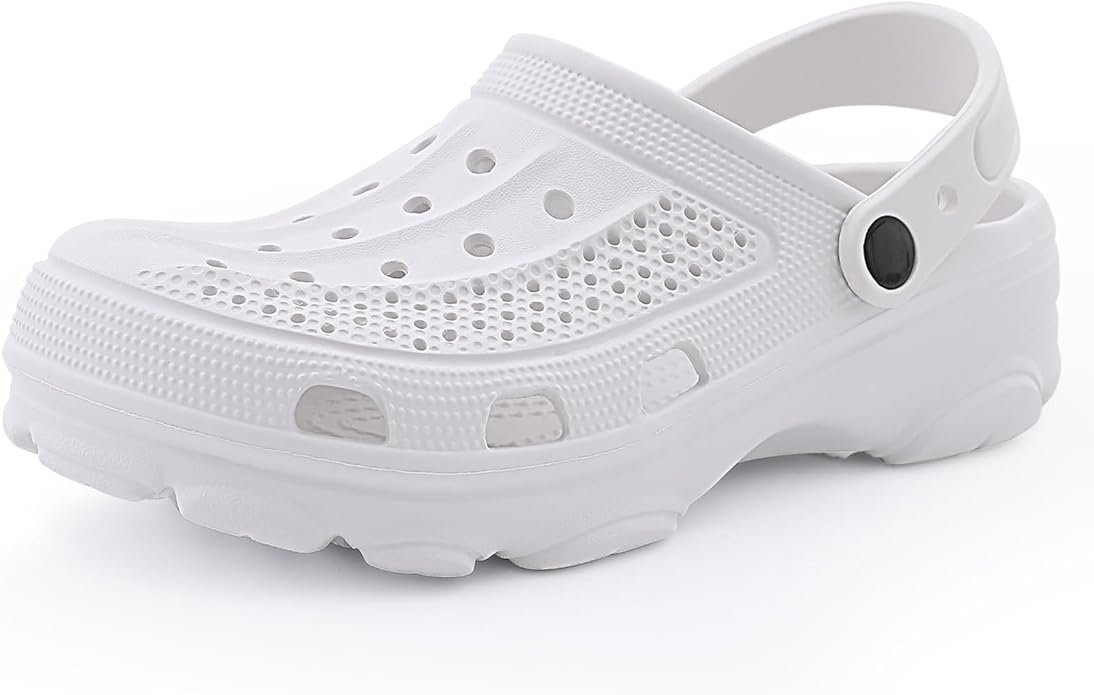
Crocs are popular for their comfort and breathability. They’re also quick-drying, making them seemingly ideal for water-related activities. A quick note: Crocs aren’t necessarily the best for traction, especially when wet.
Pros of Using Crocs for Kayaking
- Easy to Put On and Take Off: Crocs feature a simple slip-on design, which can be advantageous when getting in and out of your kayak. Make sure they fit snugly to avoid them coming off unintentionally.
- Comfort: Crocs offer excellent cushion and support, allowing you to paddle comfortably for extended periods. Make sure you choose the right size to prevent blisters or discomfort while kayaking.
- Quick-Drying: The lightweight design and ventilation holes mean that Crocs will dry quickly after getting wet. Go for Crocs without fleece lining for better water drainage.
Cons of Using Crocs for Kayaking
- Traction: Crocs, especially the classic model with their smooth soles, lack the necessary grip for secure footing in a kayak. Slippery conditions demand better traction. Consider Crocs with specialized kayak-friendly outsoles.
- Protection: While Crocs provide basic coverage, they may not offer adequate protection against sharp rocks or underwater hazards. For rocky waters, opt for closed-toe water shoes or neoprene boots.
- Versatility: Crocs are primarily designed for casual wear. They might not be the best choice for extended hikes or portages. Bring an extra pair of appropriate shoes for such situations.
Crocs can be a reasonable choice for kayaking, especially in calm, warm conditions where traction and foot protection are less critical. They offer unparalleled comfort and quick-drying properties.
However, for more challenging environments or when safety is a top concern, it’s wise to consider alternative footwear designed specifically for water sports.
Ultimately, the decision to wear Crocs while kayaking depends on the type of trip you’re planning and your personal preferences. Keep in mind the pros and cons we’ve discussed, and make an informed choice that ensures your kayaking adventure is both comfortable and safe.
Features of Crocs
Lightweight and Buoyant Material
Crocs are crafted from a proprietary closed-cell resin known as Croslite. This material is exceptionally lightweight, making Crocs easy to wear for extended periods without causing fatigue.
Moreover, Croslite is buoyant, ensuring that your footwear won’t drag you down if you find yourself in the water, a valuable feature for water-related activities like kayaking.
Comfortable
One of the most prominent features of Crocs is the comfort that comes with wearing them. The soft, contoured footbed provides ample support, reducing the strain on your feet during long hours of wear.
Drainage Holes and Ventilation
Crocs are designed with strategically placed ventilation holes. These holes enhance breathability, keeping your feet cool and preventing excessive moisture buildup.
Additionally, the design allows for quick drainage, making Crocs an attractive option for water-based activities like kayaking.
Slip-Resistant Outsoles
While not all Crocs have specialized kayak-friendly outsoles, some models are equipped with slip-resistant treads.
These outsoles offer improved traction on wet surfaces, which can be beneficial for activities where stability is crucial, such as boating and kayaking.
Alternatives to Crocs for Kayaking

Water Shoes
Water shoes are purpose-built for aquatic activities, making them a popular choice among kayakers.
Advantages:
- Excellent Traction: Water shoes are designed with grippy outsoles that offer superior traction on wet surfaces.
- Foot Protection: They provide adequate protection against sharp rocks and underwater obstacles.
- Quick Drying: Most water shoes are constructed from quick-drying materials, ensuring your feet remain dry and comfortable.
Disadvantages:
- Less Comfort: While comfortable, water shoes may not offer the same level of cushion as Crocs might.
- Limited Versatility: They are primarily designed for water-related activities and may not be as versatile for casual wear.

Neoprene Boots
Neoprene booties are great for colder water conditions and offer additional insulation.
Advantages:
- Warmth: Neoprene provides insulation, keeping your feet warm in chilly water.
- Foot Protection: They offer good protection against sharp objects.
- Quick Drying: Neoprene boots are designed to drain water efficiently.
Disadvantages:
- Less Breathability: Neoprene boots may not be as breathable as Crocs or water shoes, potentially leading to sweaty feet in hot weather.
- Limited Comfort: While they provide protection and warmth, they may not be as comfortable for extended wear as Crocs would.
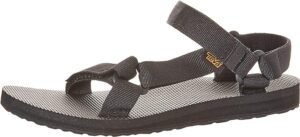
Sandals
Sandals are a lightweight and breathable option for kayaking, particularly in warm conditions.
Advantages:
- Breathability: Sandals are highly breathable, ensuring your feet stay cool.
- Quick Drying: They dry quickly when exposed to water.
- Versatility: Sandals can double as casual footwear for post-kayaking activities.
Disadvantages:
- Limited Foot Protection: They offer minimal protection against sharp objects or rough terrain.
- Reduced Traction: Sandals may not provide the same level of traction as water shoes or specialized kayaking footwear.
How to Choose the Right Footwear for Your Kayaking Needs
Your choice of footwear for kayaking should be guided by the specific conditions and requirements of your trip. Here are some considerations:
- Consider the water temperature, currents, and potential hazards. Neoprene boots come in handy for cold water, while water shoes or sandals may suffice in warmer conditions.
- Assess the terrain you might come across during your kayaking adventure. If there are sharp rocks or rugged landscapes, opt for footwear with better foot protection.
- For long kayaking sessions, prioritize comfort and support. Water shoes or Crocs might be more suitable in such cases.
- If you plan to use your footwear beyond kayaking, consider sandals for their multi-purpose functionality.
- In slippery conditions, like wet rocks or muddy banks, footwear with superior traction, such as water shoes, is essential.
Safety Precautions While Kayaking in Crocs
- Avoid walking on sharp rocks or uneven, rugged terrain while wearing Crocs. Use extra caution when navigating such areas, as Crocs provide limited foot protection.
- Always check weather forecasts and water conditions before setting out. Be prepared for any changes that might affect your safety or footwear choice.
- Crocs are lightweight, but they may not offer the same stability as purpose-built kayak footwear. Pay attention to your balance and avoid sudden, jerky movements.
- For longer trips or when venturing into challenging conditions, bring a pair of specialized kayak shoes or water shoes as a backup. You can switch to them if necessary.
- If your kayaking trip involves cold water, wearing neoprene water socks with your Crocs can provide additional insulation and keep your feet warmer.
Selecting the appropriate footwear for kayaking is important for a safe and pleasurable experience. Whether you opt for Crocs or an alternative, your choice should align with the specific conditions of your kayaking adventure. The right footwear enhances your comfort, safety, and overall satisfaction on the water.


